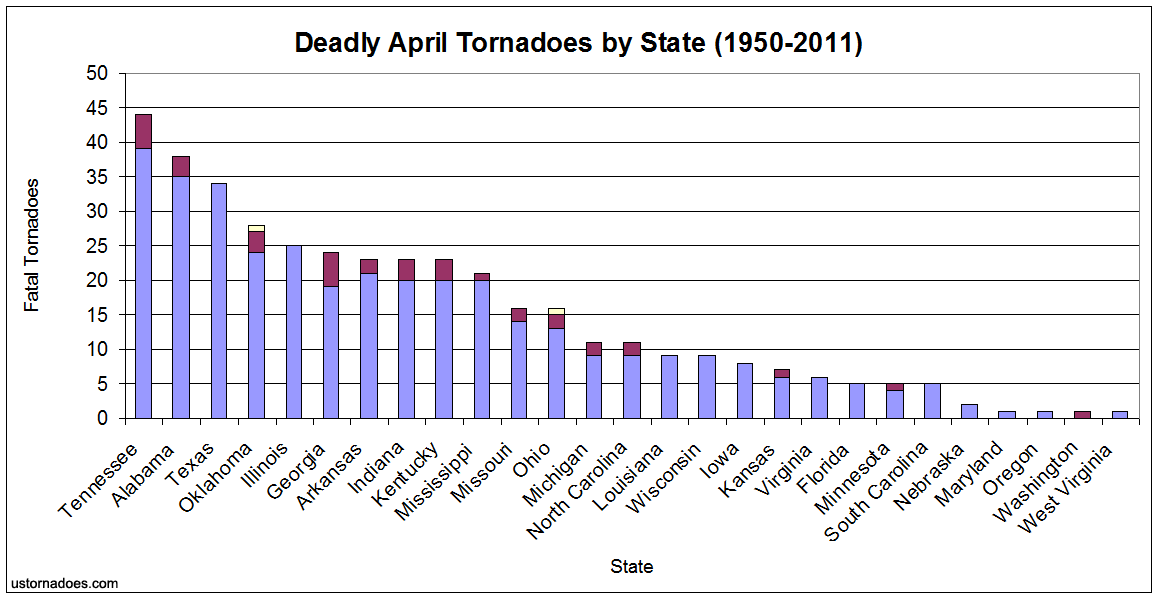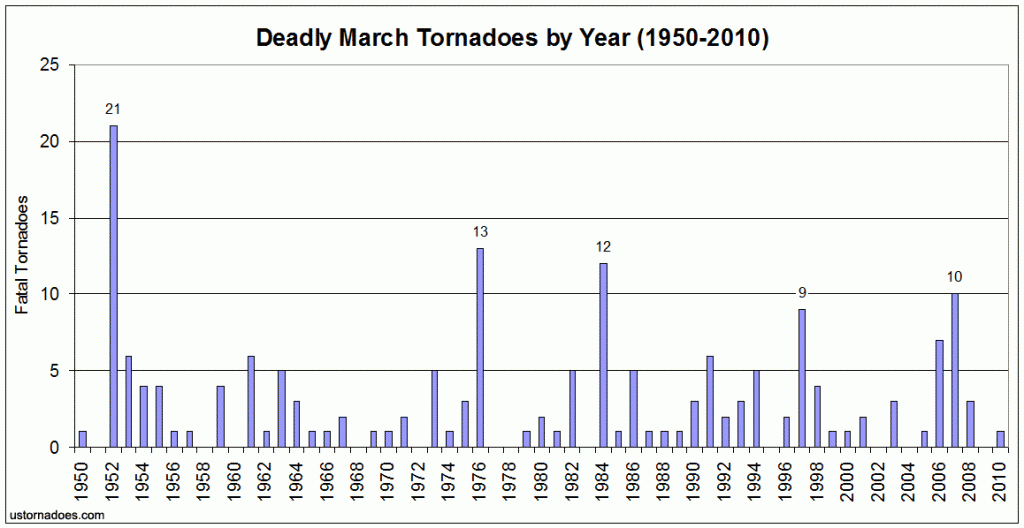You’ve probably seen the headlines flashing across your screen – tornadoes and wildfires sweeping through the US, leaving a trail of destruction in their wake. Over 40 deaths have been reported so far, and the numbers keep climbing. This isn’t just another weather event; it’s a wake-up call for all of us. The intensity and frequency of these natural disasters are raising serious questions about climate change, disaster preparedness, and our ability to protect communities in harm's way.
Imagine waking up one morning to find your neighborhood reduced to rubble, homes destroyed, and lives lost. That’s the reality for thousands of people across the US who’ve been hit by tornadoes and wildfires. These events are not just numbers on a screen or statistics in a report; they’re real-life tragedies affecting families, communities, and entire regions. It’s time we take a closer look at what’s happening and why.
As we dive deeper into this topic, we’ll explore the causes, impacts, and potential solutions to these devastating natural disasters. Whether you’re a concerned citizen, a policy maker, or someone simply trying to understand what’s going on, this article has something for everyone. So buckle up, because we’re about to tackle one of the most pressing issues of our time.
Read also:Exjudge Warns Trumps Risky Move A Deep Dive Into The Legal And Political Implications
Understanding Tornadoes and Wildfires: The Basics
Before we dive into the nitty-gritty, let’s break down what tornadoes and wildfires actually are. Tornadoes are violently rotating columns of air that touch the ground, often causing massive destruction. They can tear through towns, uproot trees, and flip cars like they’re toys. On the other hand, wildfires are uncontrolled fires that spread rapidly through forests, grasslands, and even urban areas. Both are incredibly dangerous and have the power to wipe out entire communities in a matter of hours.
What Causes These Natural Disasters?
So, what’s behind these catastrophic events? Tornadoes are typically caused by a clash of warm and cold air masses, creating unstable atmospheric conditions. When these conditions meet specific wind patterns, it can lead to the formation of a tornado. Wildfires, on the other hand, can be sparked by lightning strikes, human activities like campfires or discarded cigarettes, or even arson. But here’s the kicker – climate change is playing a huge role in making both of these disasters more frequent and intense.
The Human Toll: Over 40 Deaths and Counting
When we talk about the impact of tornadoes and wildfires, it’s impossible to ignore the human cost. Over 40 deaths have been reported across the US, with many more injured and displaced. Families are torn apart, homes are destroyed, and entire communities are left to pick up the pieces. It’s not just about the numbers; it’s about the lives behind those numbers. Each death is a tragedy, and each survivor has a story to tell.
- Deaths caused by tornadoes: 25+
- Deaths caused by wildfires: 15+
- Estimated number of injured: 100+
- Number of homes destroyed: 500+
Personal Stories from Survivors
Let’s take a moment to hear from some of the survivors. John Doe, a resident of Oklahoma, recalls the night a tornado ripped through his town: “It was like a scene from a horror movie. One minute I was watching TV, and the next, my house was gone. I barely had time to grab my dog and run to the basement.” Meanwhile, Sarah Smith from California shares her experience with wildfires: “We had to evacuate in the middle of the night. The flames were so close, you could feel the heat even from miles away.”
The Economic Impact: Billions in Damages
Beyond the human toll, the economic impact of these disasters is staggering. The cost of repairing homes, rebuilding infrastructure, and providing aid to affected families runs into the billions. Insurance companies are struggling to keep up with the claims, and many small businesses have been forced to shut down permanently. It’s not just about the money; it’s about the long-term effects on local economies and the livelihoods of millions of people.
How Much Does Recovery Cost?
According to the National Oceanic and Atmospheric Administration (NOAA), the average cost of recovery from a major tornado event is around $1 billion. Wildfires, on the other hand, can cost anywhere from $500 million to $2 billion, depending on the size and severity. These numbers are only expected to rise as the frequency and intensity of these disasters increase.
Read also:Stana Katic A Comprehensive Guide To Her Career Life And Achievements
Climate Change: The Elephant in the Room
Let’s talk about the elephant in the room – climate change. Scientists have been warning us for years that global warming would lead to more extreme weather events. Rising temperatures, changing precipitation patterns, and increased atmospheric moisture are all contributing factors to the rise in tornadoes and wildfires. It’s no longer a question of “if” but “when” these events will happen, and how bad they’ll be.
What Does the Science Say?
Research published in the journal Nature Climate Change shows that the likelihood of severe tornado outbreaks has increased by 40% over the past few decades. Similarly, a study by the US Forest Service found that the wildfire season has lengthened by nearly two months compared to 50 years ago. These findings are alarming, but they also highlight the urgent need for action.
Disaster Preparedness: Are We Ready?
With the increasing frequency of natural disasters, the question of preparedness becomes more important than ever. Are we doing enough to protect our communities? Are our emergency response systems up to the task? The answer, unfortunately, is often no. Many areas lack proper infrastructure, early warning systems, and evacuation plans, leaving residents vulnerable when disaster strikes.
What Can We Do Better?
Experts suggest several steps to improve disaster preparedness, including:
- Investing in better infrastructure, such as storm shelters and fire-resistant buildings
- Implementing early warning systems to give residents more time to evacuate
- Training first responders and volunteers to handle large-scale emergencies
- Encouraging community involvement in disaster planning and response efforts
Government Response: Are Policies Keeping Up?
The role of government in addressing these issues cannot be overstated. From funding research and development to implementing policies that reduce greenhouse gas emissions, governments have a crucial role to play. But are they doing enough? Critics argue that current policies are insufficient and fail to address the root causes of these disasters.
Key Policy Recommendations
Here are a few policy recommendations that could make a difference:
- Invest in renewable energy sources to reduce reliance on fossil fuels
- Expand funding for disaster relief and recovery programs
- Strengthen building codes and zoning laws to minimize damage from natural disasters
- Support international efforts to combat climate change
Community Action: How You Can Help
While government action is essential, individuals and communities also have a role to play. Whether it’s volunteering with disaster relief organizations, donating to affected families, or simply educating others about the risks of natural disasters, every little bit helps. It’s all about coming together and supporting one another in times of need.
Simple Ways to Get Involved
Here are some simple ways you can make a difference:
- Volunteer with local disaster relief organizations
- Donate to charities providing aid to affected families
- Participate in community clean-up and restoration efforts
- Spread awareness about disaster preparedness and climate change
Looking to the Future: What’s Next?
As we look to the future, one thing is clear – the fight against natural disasters is far from over. But with the right combination of science, policy, and community action, we can make a difference. It’s up to all of us to take responsibility and do our part in creating a safer, more resilient world for future generations.
What Can We Expect in the Coming Years?
Experts predict that the frequency and intensity of tornadoes and wildfires will continue to rise unless significant action is taken. But there’s hope – new technologies, innovative solutions, and increased awareness are all contributing to a brighter future. It’s a race against time, but one we can win if we work together.
Conclusion: Take Action Today
As we wrap up this article, it’s important to remember that the impact of tornadoes and wildfires goes far beyond the numbers. It’s about the lives lost, the families displaced, and the communities destroyed. But it’s also about hope – hope that we can make a difference, that we can create a better future for all. So what can you do? Start by educating yourself, getting involved in your community, and advocating for change. Together, we can turn the tide against these devastating natural disasters.
Before you go, take a moment to reflect on what you’ve learned. Share this article with your friends and family, leave a comment below, or check out some of our other articles on climate change and disaster preparedness. Every action counts, and every voice matters. Let’s make a difference, one step at a time.
Table of Contents
- Understanding Tornadoes and Wildfires: The Basics
- What Causes These Natural Disasters?
- The Human Toll: Over 40 Deaths and Counting
- Personal Stories from Survivors
- The Economic Impact: Billions in Damages
- How Much Does Recovery Cost?
- Climate Change: The Elephant in the Room
- What Does the Science Say?
- Disaster Preparedness: Are We Ready?
- Government Response: Are Policies Keeping Up?
- Community Action: How You Can Help
- Looking to the Future: What’s Next?
- Conclusion: Take Action Today


